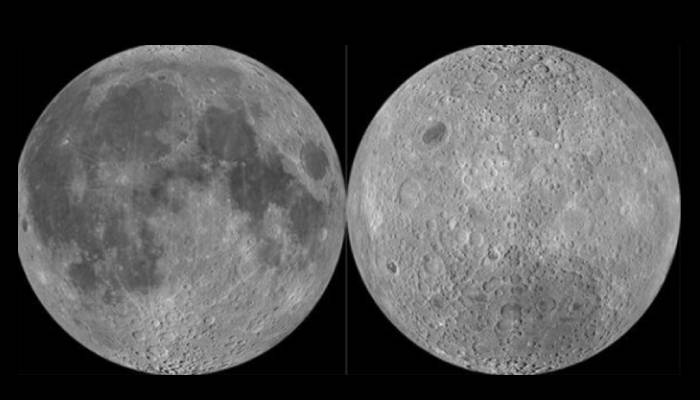
A new NASA study explains the two very different sides of the moon.
The study sheds light on the contrasting characteristics of the moon's near side, the side facing Earth and far side, the side facing away from Earth.
The side of the Moon that faces Earth looks dark because it’s covered with old lava that once flowed on the surface and then hardened over time, while the far side is rough and full of rocks.
Ryan Park, who led the team from NASA's Jet Propulsion Laboratory said in a statement, "We found that the moon's near side is flexing more than the far side, meaning there's something fundamentally different about the internal structure of the moon's near side compared to its far side."
He elaborated, "When we first analysed the data, we were so surprised by the result we didn't believe it. So we ran the calculations many times to verify the findings. In all, this is a decade of work."
New insights into the Moon's structure:
Scientists used data from the GRAIL mission, which sent two spacecraft to orbit the Moon for a year.
They examined how the Moon's gravity changes slightly due to Earth's pull as the Moon orbits, causing the Moon to flex.
The way the Moon moves and flexed helped scientists learn about its deep internal structure.
They found that the side facing Earth is warmer inside than the far side.
This discovery not only improves our knowledge of the Moon but could also help us understand other planets.












